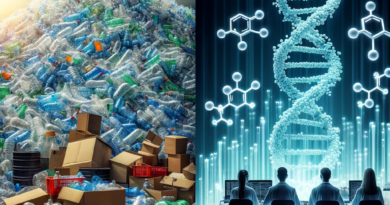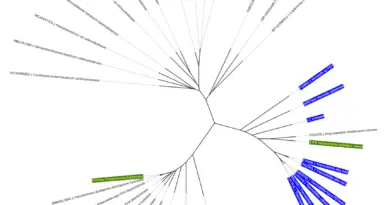Transgenic Cows Make Human Insulin: A Biotech Breakthrough

In a pioneering effort to address the global diabetes crisis, an international team of scientists has developed a method to produce human insulin using genetically modified cows. This study, published in the Biotechnology Journal, marks a significant advancement in biotechnology and offers hope for more accessible and cost-effective insulin production.
A Novel Approach to Insulin Production
With diabetes affecting millions worldwide, the demand for insulin continues to rise. Traditional insulin production methods involve recombinant DNA technology using bacteria or yeast cells, which can be costly and time-consuming. The innovative approach taken by researchers from the University of Northern Paraná, University of Illinois at Urbana-Champaign, University of São Paulo, Laffranchi Agriculture, State University of Santa Cruz, and Federal University of Pará involves harnessing the natural milk-producing capabilities of cows.
The Science Behind the Breakthrough
The process begins by combining a segment of cow DNA known to activate milk production with the human insulin gene. This genetic construct is introduced into cow skin cells. Using somatic cell nuclear transfer—a technique where the nucleus of a modified cell is transferred into an egg cell—the scientists created embryos that carry the human insulin gene. These embryos were implanted into surrogate cows.
From several attempts, one successful pregnancy resulted in the birth of a calf capable of producing milk containing human proinsulin—the precursor to insulin. Analysis of the milk confirmed the presence of proteins closely resembling human proinsulin, marking a significant achievement in the quest for alternative insulin sources.
Challenges and Progress
While this development is promising, the study also highlighted several challenges:
- Processing Proinsulin into Usable Insulin: The proinsulin produced in the cow’s milk needs to be processed into active insulin suitable for human use. Ensuring this conversion is efficient and safe is a critical step.
- Stability of Insulin Components: There is a need to prevent the breakdown of insulin components by other enzymes present in the milk. Maintaining the integrity of the insulin during extraction and processing is essential.
- Ethical and Regulatory Considerations: The use of genetically modified animals raises ethical questions and regulatory hurdles that must be carefully navigated before this method can be widely adopted.
Implications for Diabetes Treatment
If these challenges can be addressed, producing human insulin in cow’s milk could revolutionize diabetes management by:
- Increasing Insulin Supply: Cows can produce large quantities of milk, offering a scalable solution to meet the growing demand for insulin.
- Reducing Costs: This method could lower production costs compared to traditional manufacturing, making insulin more affordable.
- Enhancing Accessibility: Improved production efficiency may increase insulin availability in underserved regions, helping to alleviate global health disparities.
Looking Ahead
The successful production of human proinsulin in cow’s milk is a remarkable milestone in biotechnology. Further research is necessary to optimize the process, ensure the safety and efficacy of the insulin produced, and address ethical concerns. Collaboration between scientists, regulatory agencies, and bioethicists will be crucial in advancing this innovative approach.
This study exemplifies the potential of genetic engineering to transform medical treatments. As diabetes continues to affect millions globally, innovative solutions like genetically modified cows producing human insulin offer hope for improved care and management of the disease. While obstacles remain, the potential impact on global health is profound, signaling a new era in biopharmaceutical production.
References
Keywords
insulin, biotechnology, cows, genetics, diabetes, production, bioengineering, sustainable, innovation
Disclaimer: The information presented in this article is based on current research findings as of the publication date. For personalized medical advice, please consult a healthcare professional.



